Neuroscience

Neurotransmitter receptors function via various G-protein coupled and G-protein independent mechanisms that activate downstream intracellular signaling pathways such as cAMP/PKA, PI3K/AKT, phospholipase A2, and phospholipase C pathways. For instance, dopamine receptors act through adenylate cyclase to activate PKA and other signaling molecules, thereby mediate gene expression through the actions of CREB and other transcription factors. Other neurotransmitters such as NMDAR or AMPAR are associated with ion channels that control flux of Ca2+ and Na+, thus propagating the action potential across the post-synaptic neuron.
Dysfunctions in GABAergic/glutamatergic/serotonergic/dopaminergic pathways result in a broad range of neurological disorders such as chronic pain, neurodegenerative diseases, and insomnia, as well as mental disorders including schizophrenia, bipolar disorder, depression, and addiction.
-
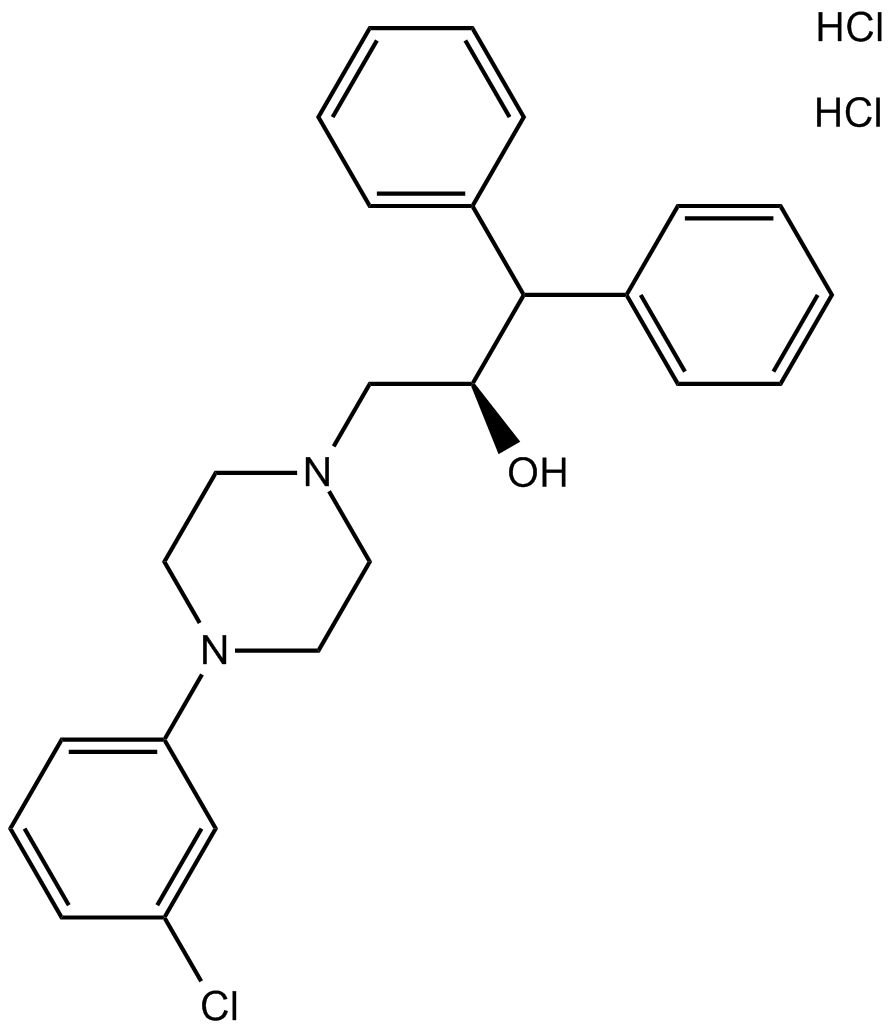 B2265 BRL-15572Summary: 5-HT1D receptor antagonist
B2265 BRL-15572Summary: 5-HT1D receptor antagonist -
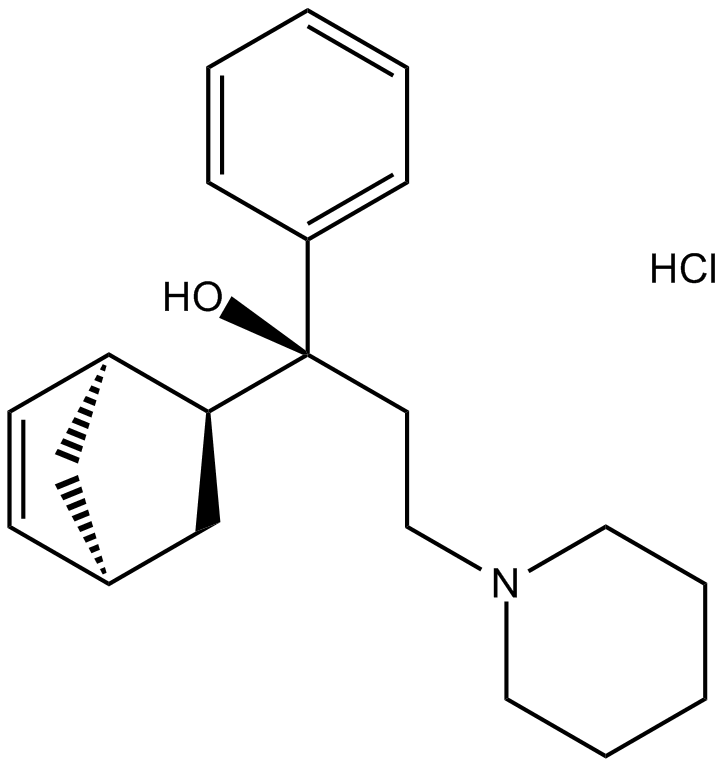 B1598 Biperiden HCl1 CitationTarget: M1 ReceptorsSummary: Anticholinergic drug
B1598 Biperiden HCl1 CitationTarget: M1 ReceptorsSummary: Anticholinergic drug -
 B2075 AmbrisentanTarget: ETA ReceptorsSummary: ETA-receptor antagonist
B2075 AmbrisentanTarget: ETA ReceptorsSummary: ETA-receptor antagonist -
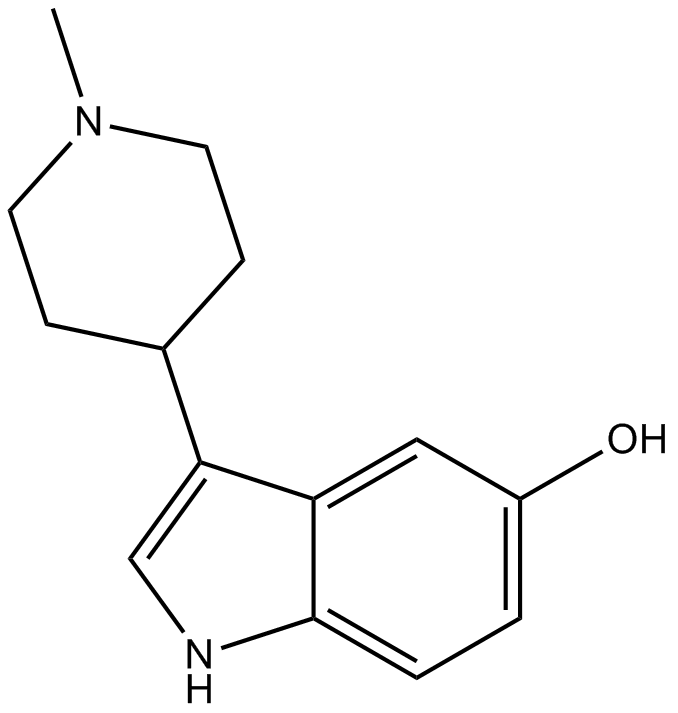 B2245 BRL-54443Summary: 5-HT1E/1F receptor agonist,potent and selective
B2245 BRL-54443Summary: 5-HT1E/1F receptor agonist,potent and selective -
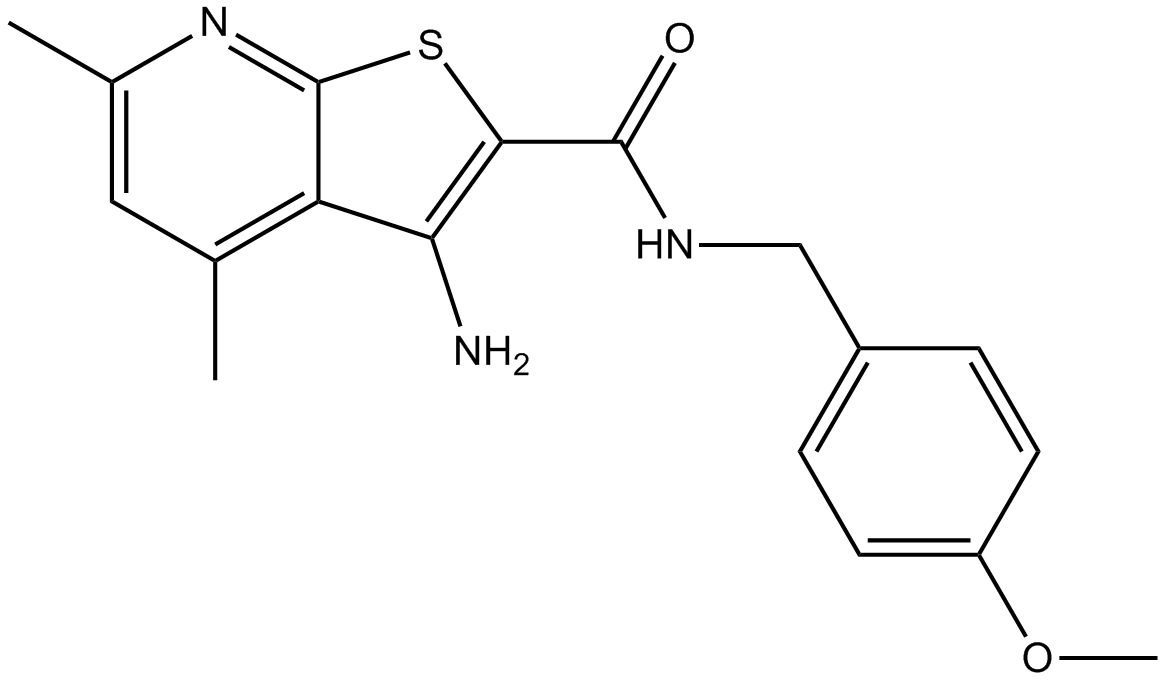 B1032 VU0152100Summary: M4 receptor allosteric modulators
B1032 VU0152100Summary: M4 receptor allosteric modulators -
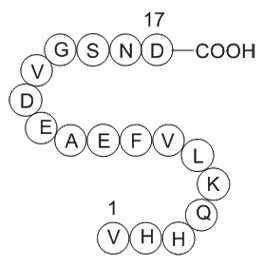 A1123 Amyloid Beta-Peptide (12-28) (human)Summary: sequence H2N-VHHQKLVFFAEDVGSNK-OH
A1123 Amyloid Beta-Peptide (12-28) (human)Summary: sequence H2N-VHHQKLVFFAEDVGSNK-OH -
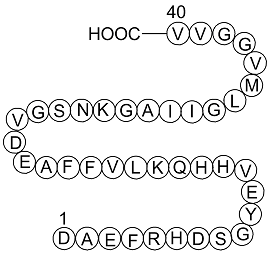 A1124 Amyloid Beta-Peptide (1-40) (human)1 CitationSummary: residues 1-40 of human amyloid-beta
A1124 Amyloid Beta-Peptide (1-40) (human)1 CitationSummary: residues 1-40 of human amyloid-beta -
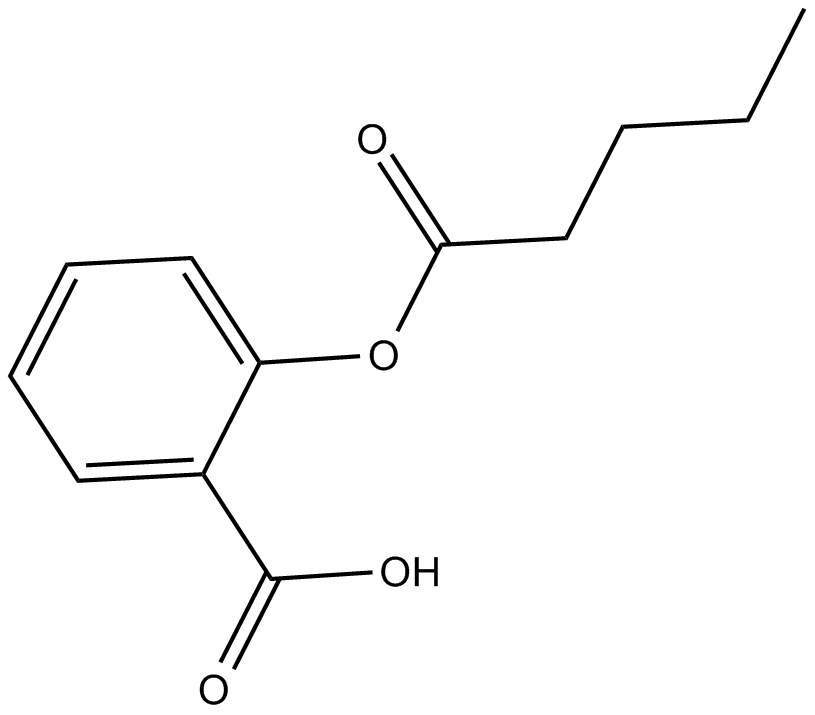 C5736 Valeroyl SalicylateSummary: selective, irreversible inhibitor of cyclooxygenase-1 (COX-1)
C5736 Valeroyl SalicylateSummary: selective, irreversible inhibitor of cyclooxygenase-1 (COX-1) -
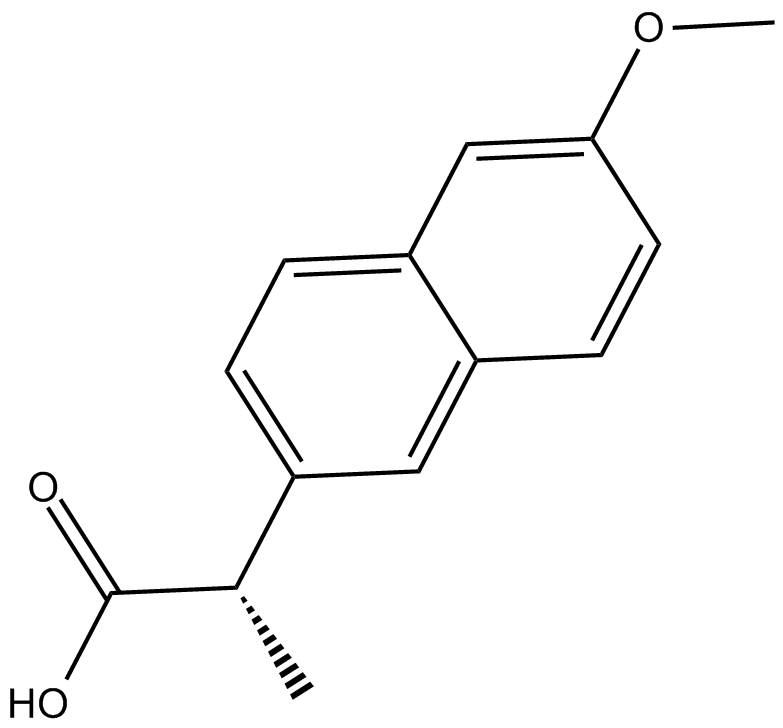 C5755 (S)-NaproxenSummary: non-selective COX inhibitor
C5755 (S)-NaproxenSummary: non-selective COX inhibitor -
 A1129 Parathyroid hormone (1-34) (human)Summary: Increases blood calcium level
A1129 Parathyroid hormone (1-34) (human)Summary: Increases blood calcium level

